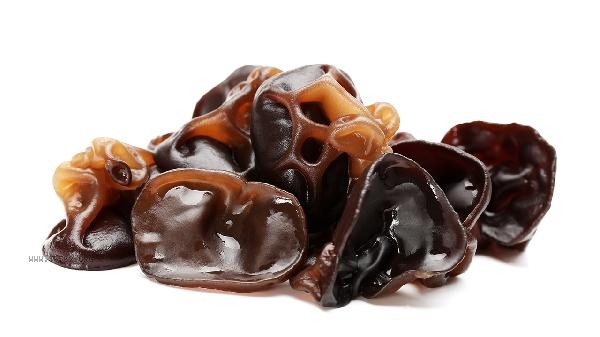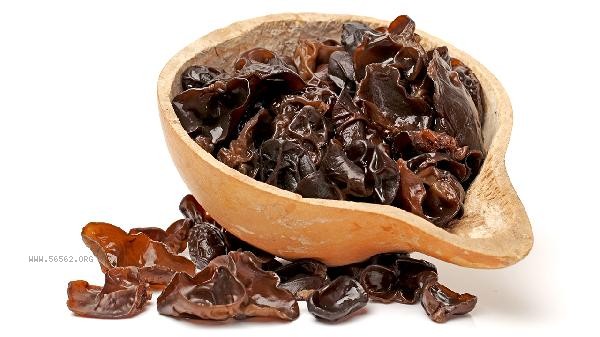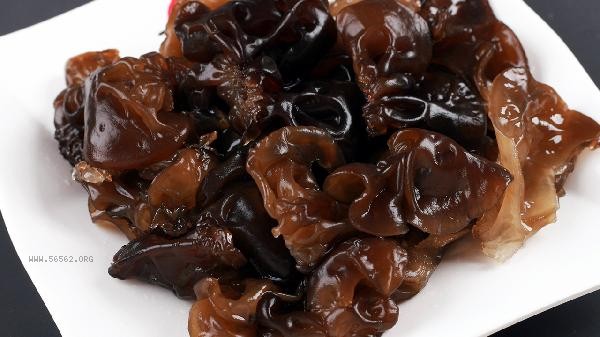Dry fungus should be kept dry, away from light, sealed, and protected from moisture and insect infestation during storage. The correct storage methods mainly include low-temperature refrigeration, vacuum packaging, moisture-proof agent assistance, regular inspection, and packaging storage.

1. Low temperature refrigeration
Place the dried fungus in a sealed bag or preservation box and store it in the refrigerator compartment. Low temperature environment can effectively inhibit the growth of mold and insect eggs, and extend the shelf life. When refrigerating, it is necessary to ensure that the packaging is completely sealed to avoid moisture infiltration and deterioration. If long-term storage is required, it can be placed in a frozen layer, but it should be used as soon as possible after thawing.
2. Vacuum packaging
Use a vacuum sealing machine to evacuate the air inside the packaging bag, isolating oxygen and moisture. Vacuum state can prevent oxidation and microbial growth, and the storage time can reach more than one year. If it is not used up after opening, it is necessary to vacuum it again or use other sealing methods to avoid a decrease in quality after contact with air.
3. Moisture proofing agent assistance
Place food grade desiccants or quicklime packs in storage containers to absorb moisture from the environment. Moisture proofing agents need to be replaced regularly to avoid failure after saturation. This method is suitable for use in humid areas, but it is necessary to ensure that the moisture-proof agent does not come into direct contact with the fungus. It is recommended to use gauze to separate it.

4. Regular Inspection
Monthly check whether the stored dried fungus has mold spots, insect infestations, or odors. If it is found to be damp, it can be spread out for drying or dried at low temperature in an oven. If it becomes moldy, it needs to be discarded. If the packaging is found to be damaged during inspection, it should be replaced immediately to prevent moisture from entering and causing overall deterioration.
5. Packaging and Preservation
Divide the large packaging of dried fungus into small sealed bags according to the amount used each time, reducing the number of times the main packaging is opened and closed repeatedly. After packaging, label the date and use according to the first in, first out principle. Small packages can be paired with deoxidizers to enhance moisture resistance, especially suitable for the southern rainy season.

When storing dried fungus in daily life, it is recommended to choose a cool and ventilated storage environment to avoid direct sunlight. Before consumption, it is necessary to soak and clean thoroughly to remove impurities. If there are abnormal conditions such as stickiness and odor after soaking, it should be stopped from consumption. Reasonably preserved dried fungus can retain most of its nutritional components, such as polysaccharides, dietary fiber, and minerals, making it suitable for various cooking methods such as cold dishes and stews. It is recommended to replace the moisture-proof measures every six months during long-term storage to ensure stable quality.








Comments (0)
Leave a Comment
No comments yet
Be the first to share your thoughts!